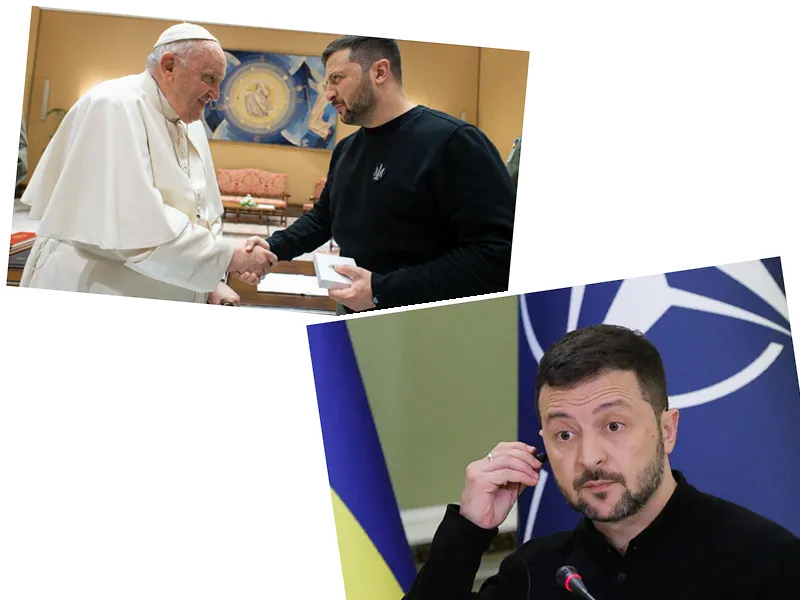President Zelensky and Defense Secretary Austin Discuss Ukraine's Defense Strategy
Ukrainian President Volodymyr Zelensky and U.S. Secretary of Defense Lloyd Austin held an important meeting at the IISS Shangri-La Dialogue in Singapore. The discussion focused primarily on strengthening Ukraine's air defense system, forming an F-16 coalition, and plotting a bilateral security agreement. These measures are paramount to bolstering Ukraine's defense capabilities amidst the ongoing conflict with Russia.
During the meeting, Austin reassured Zelensky of the United States' unwavering support for Ukraine. He updated the Ukrainian President on the latest U.S. security assistance that aims to meet Ukraine's pressing defense needs. Austin also emphasized the continual commitment of more than fifty nations in a coalition supporting Ukraine's freedom.
Zelensky expressed his gratitude towards President Joe Biden. Importantly, he acknowledged Biden's decision to allow limited defensive strikes inside Russian territory using American weapons. This move is seen as a strategic effort to counteract Russian attempts to expand their combat zones and poses a significant development in the defense strategies of Ukraine.
- President Zelensky used his social media platform, X, to highlight the crucial topics covered in the meeting. He mentioned the importance of U.S. support in strengthening Ukraine’s air defense and the formation of an F-16 coalition. He also acknowledged the pivotal role of U.S. political and defense support in Ukraine's ongoing battle against Russian aggression.
- A video accompanying Zelensky’s post showed him meeting with U.S. officials, including Defense Secretary Austin. The video captured the moment they exchanged handshakes and sat down for their strategic dialogue. Following this, Austin attended Zelensky's speech, where the Ukrainian President extended an invitation to global leaders for a peace summit to be held in Switzerland in June.
- CNN reports that President Biden's allowance for Ukraine to carry out attacks inside Russian territory comes with certain restrictions. These attacks are permitted primarily near the border regions, such as Kharkiv, to keep the focus on defense rather than escalation.






